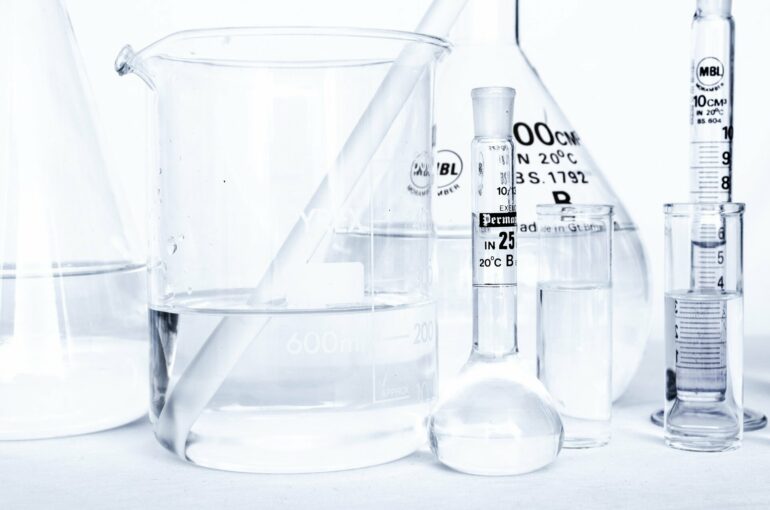Without smart policymaking, banning harmful chemicals like bisphenols and phthalates—common ingredients in plastics manufacturing—can result in a game of regulatory whack-a-mole where chemicals of similar toxicity or that have not been rigorously tested take their place.
The finding comes from a wide-ranging University of Maryland study published on Wednesday in Environmental Health Perspectives.
To learn what interventions worked best to curb human exposure to phthalates and bisphenols, an interdisciplinary team of researchers analyzed 58 studies related to the two classes of chemicals published since 2000. The authors found that most policy interventions worked—with 81% leading to decreases in exposure.
Policies that didn’t work as well were those that enabled loopholes. Examples from both the United States and the European Union showed that restrictions on a chemical such as bisphenol A, or BPA, resulted in greater use of its still-problematic replacements, such as bisphenol F.
“When it comes to these ubiquitous chemicals, we’ve found effective policies can have much greater power to improve our environmental health than individual decisions,” said Maryland Institute for Applied Environmental Health Professor Devon C. Payne-Sturges, the study’s senior author.
“These chemicals are everywhere and found in lots of common consumer products such as personal care products, food packaging, canned foods and drinks, water bottles. So people cannot simply shop their way out of exposure to these chemicals.”
Both bisphenols and phthalates can interfere with hormonal systems; for example, BPA can change how the body responds to estrogen. The chemicals have been linked with metabolic diseases like diabetes, fertility issues, and asthma.
“While exposure in everyone is concerning, we are especially concerned about infants and children since exposures during development can have a lifelong impact,” said the study’s first author, Nicole Sieck, an environmental health sciences doctoral student. Sieck’s non-UMD co-authors are based at Pennsylvania State University, Idaho State University, and Arizona State University.
The most effective and sustainable policies reduced exposure to these chemicals at the population level, the study found, such as limiting their use in food packaging or other consumer products. Regulating entire classes of chemicals—versus an individual chemical—was also more effective.
The authors found that people can still take steps to reduce their exposure to bisphenols and phthalates, like eating fresh foods rather than those packaged in plastic or cans and avoiding products containing fragrances.
“Individual interventions can help,” Sieck said, “but more comprehensive policies regulating these chemicals are essential to reduce exposure to bisphenols and phthalates. The right regulations can help everyone and do not require that individuals make lifestyle changes, which is unreasonable and burdensome to ask of an entire population.”
More information:
Nicole E. Sieck et al, Effects of Behavioral, Clinical, and Policy Interventions in Reducing Human Exposure to Bisphenols and Phthalates: A Scoping Review, Environmental Health Perspectives (2024). DOI: 10.1289/EHP11760
Provided by
University of Maryland
Citation:
Effective policies needed to curb hormone-disrupting chemicals: Study (2024, March 13)



